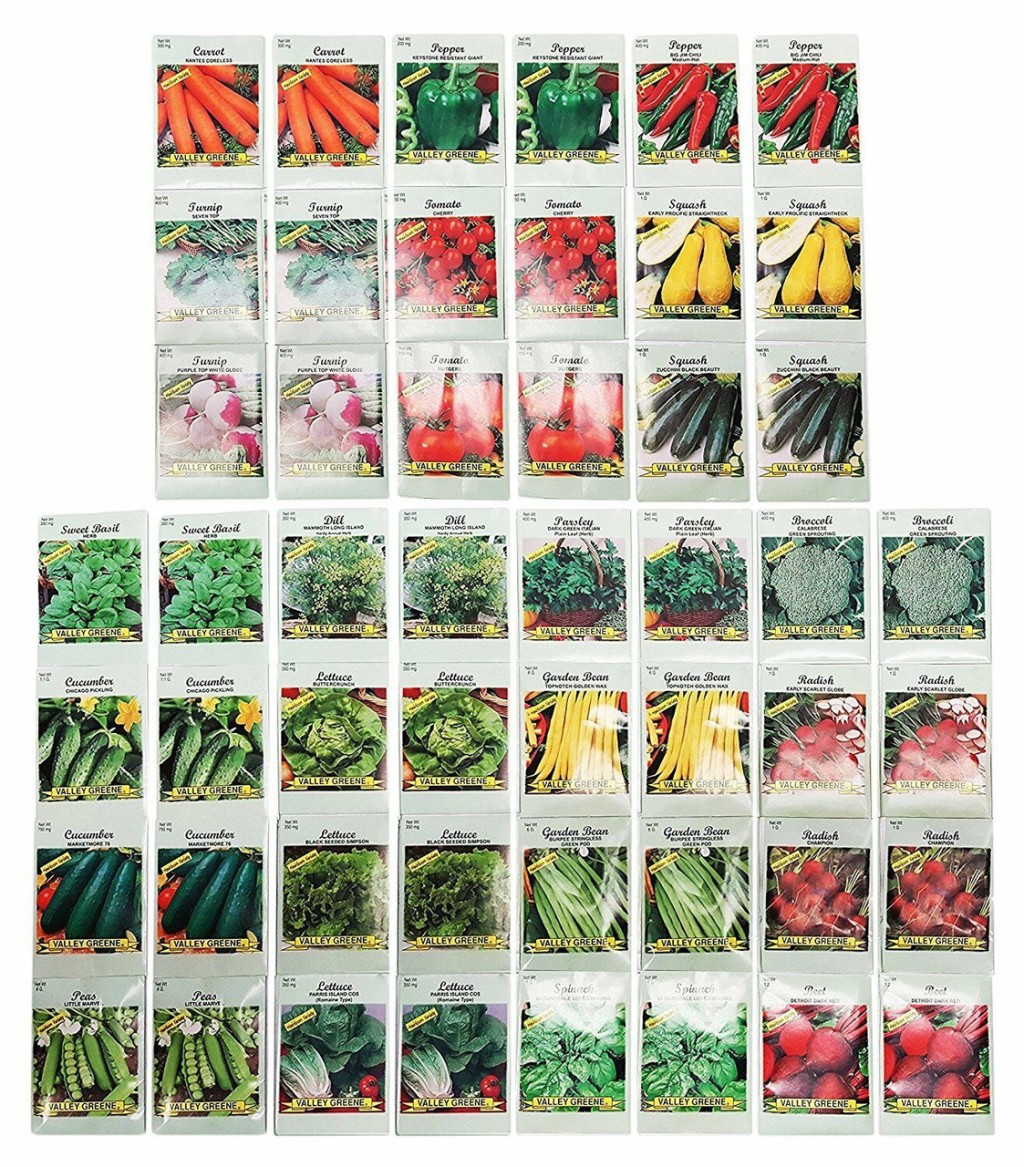Saving Heirloom Vegetable Seeds
Heirloom vegetables are varieties that have been passed down through generations, cherished for their unique flavors and characteristics. However, with the rise of commercial agriculture and hybrid seeds, many heirloom varieties have become endangered or even extinct. To preserve these precious plants, seed saving is essential.
Seed saving is the practice of collecting and storing seeds from mature fruits or vegetables to grow new plants in subsequent seasons. It not only ensures the survival of heirloom varieties but also promotes genetic diversity in our food system. Here’s a guide to help you get started on saving heirloom vegetable seeds.
Firstly, choose healthy and disease-free plants for seed production. Look for strong stems, vibrant foliage, and well-formed fruits or vegetables. Avoid using genetically modified organisms (GMOs) as they may contaminate your saved seeds.
Next, allow the selected fruit or vegetable to fully ripen on the plant before harvesting it for seed collection. This ensures that the seeds inside have reached maturity and are viable for future germination.
Once harvested, remove the seeds from their protective casing carefully. For tomatoes and peppers, scoop out the pulp containing the seeds into a container filled with water. Stir occasionally over several days until a layer of mold forms on top of the liquid. Skim off this mold along with any floating debris before straining out excess water to separate clean seeds.
For cucumbers or squash-like plants, cut open the fruit lengthwise and scrape out the seeds onto a plate or tray lined with parchment paper. Allow them to air dry away from direct sunlight until they no longer feel moist when touched.
After drying thoroughly, store your saved heirloom vegetable seeds in a cool and dark place such as an airtight glass jar or envelope labeled with pertinent information like variety name and harvest date.
Remember that some crops can cross-pollinate if planted too close together resulting in hybrid offspring rather than true-to-type plants. To prevent cross-pollination, either grow different varieties at a safe distance from one another or use physical barriers such as nets or cages.
By saving heirloom vegetable seeds, you are not only preserving the history and flavors of our past but also contributing to the resilience of our food system. So why not embark on this rewarding journey and become a guardian of biodiversity?


Leave a comment